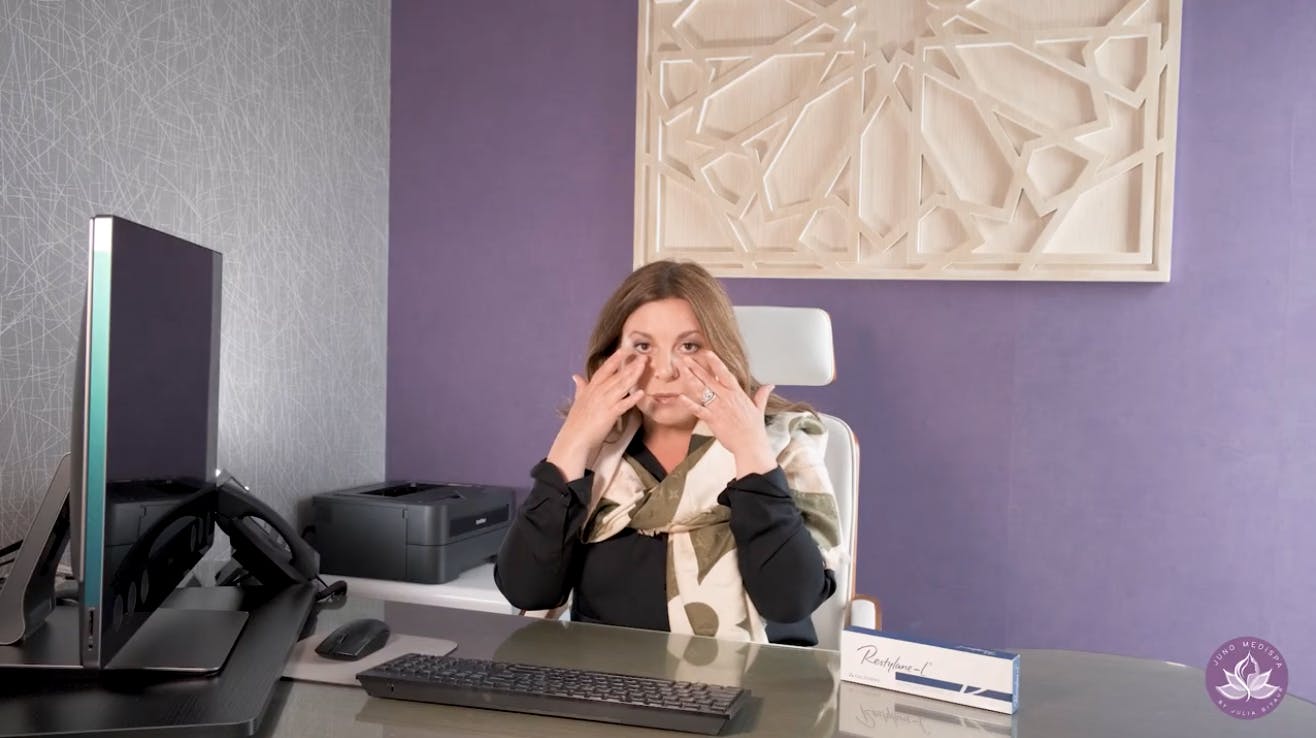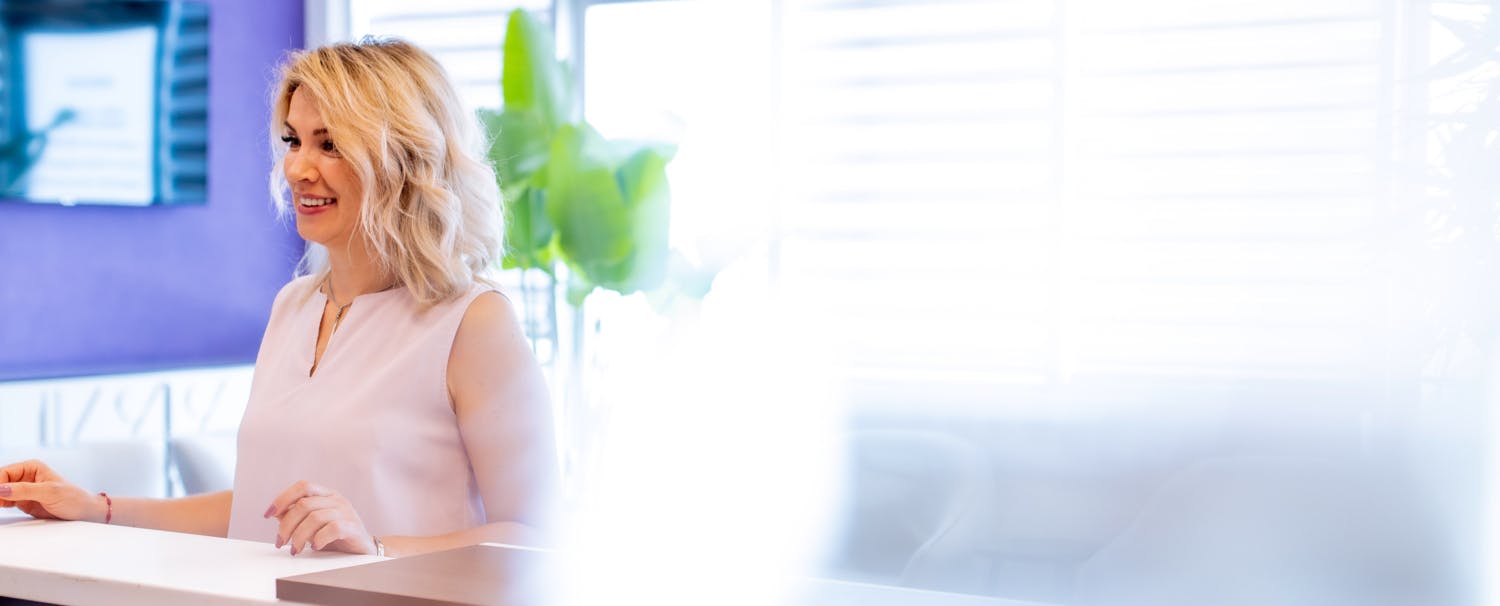Are you looking more tired lately? Are you full of energy inside but people around keep asking if you’ve slept well? Have you been spending many dollars lately to treat and cover up skin under your eyes? Under eye bags and dark circles are unsightly and make you look tired and under slept. They maybe be a sing of aging but are also common in very young people due to certain genetic factors.
Eye bags or under-eye puffiness are a common complaint with which patients present to a cosmetic doctor. Frequently, we hear that they seem to appear out of nowhere overnight. They are a common cause for concern for many of us as we age, and they tend to make our faces look more tired and much older. Here, Dr. Giyaur answers a few commonly asked questions about undereye bags to help demystify the condition.
What causes Under-Eye Bags and Dark Eye Circles?
- Aging – is the most common cause (due to skin laxity and thinning)
- Fluid retention – be sure to address this with your medical doctor
- Chronic medical conditions – thyroid eye disease, for example
- Allergies and Eye rubbing
- Smoking
- Lack of sleep
- Familial, inherited facial features
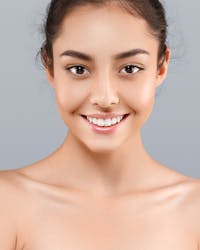
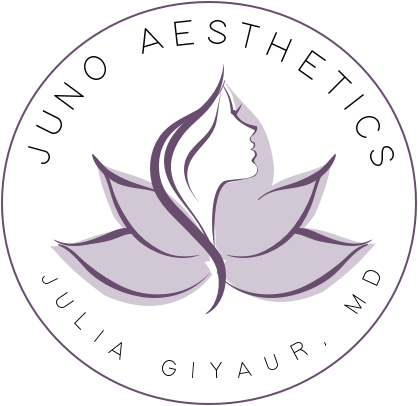
Why do Under-Eye Bags occur?
With aging, the tissues around your eyes, including some of the muscles supporting your eyelids, weaken. Normal fat, that helps support the eyes, can then move into the lower eyelids, causing the lids to appear puffy. Conditions in which there is fluid retention, such as allergies or thyroid eye disease, make this puffiness appear worse.
What are some of the ways to prevent or lessen Under-Eye Bags?
- Treat any of the associated medical conditions, such as allergies
- Cut down on fluids before bedtime
- Reduce salt in diet
- Get enough sleep
- Don’t smoke
- Use cool compresses
Which medical treatments are available to treat Under-Eye bags?
There are a couple of methods to lessen or get rid of undereye bags in the medical setting.
- Surgical: Lower lid blepharoplasty is indicated for those who desire more longer lasting result and are willing to go through a week or so of recovery. During lower lid blepharoplasty you eyelids get numbed up with lidocaine, a small incision is made on the inside of the lid (not through the skin), the herniated fat pad is excised or repositioned, and the opening is closed with one or two absorbable stitches. Occasionally, we need to also tighten the eyelid if it’s loose or excise a small strip of skin right under the eyelashes. There is usually some bruising and swelling and Dr. Giyaur recommends ice packs to the area for 2-3 days. Patients usually return to their normal lives in 1 week.
- Non-surgical: For those who prefer minimally invasive treatment of eye bags we offer hyaluronic fillers. Rather than getting rid of the bag completely, fillers help us to mask the eye bag and fill the hollow that tends to form under the eye bags. Since this is a very sensitive area, Dr. Giyaur, uses blunt cannula to carefully fill the appropriate area. The benefits of this procedure are clear: no surgery, no downtime, the procedure is safe and painless, takes 15 minutes to complete and the patient can return to hers/his daily activities right away.
- Radiofrequency: In some cases, especially when there is a lost of loose skin but not so much fat prolapse, we can treat the lower eyelid with a special radiofrequency device that works to tighten the skin and make them appear more youthful.
